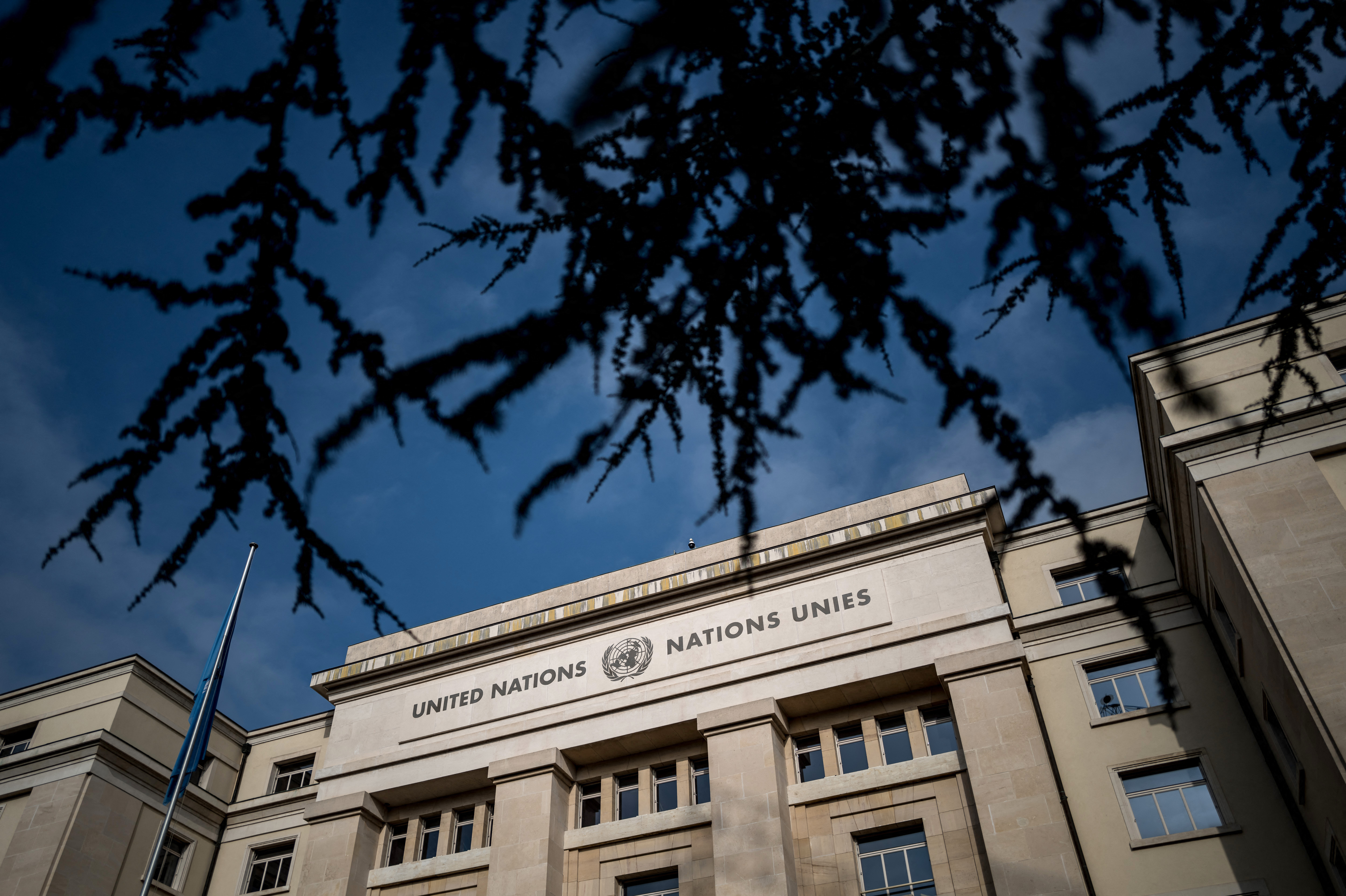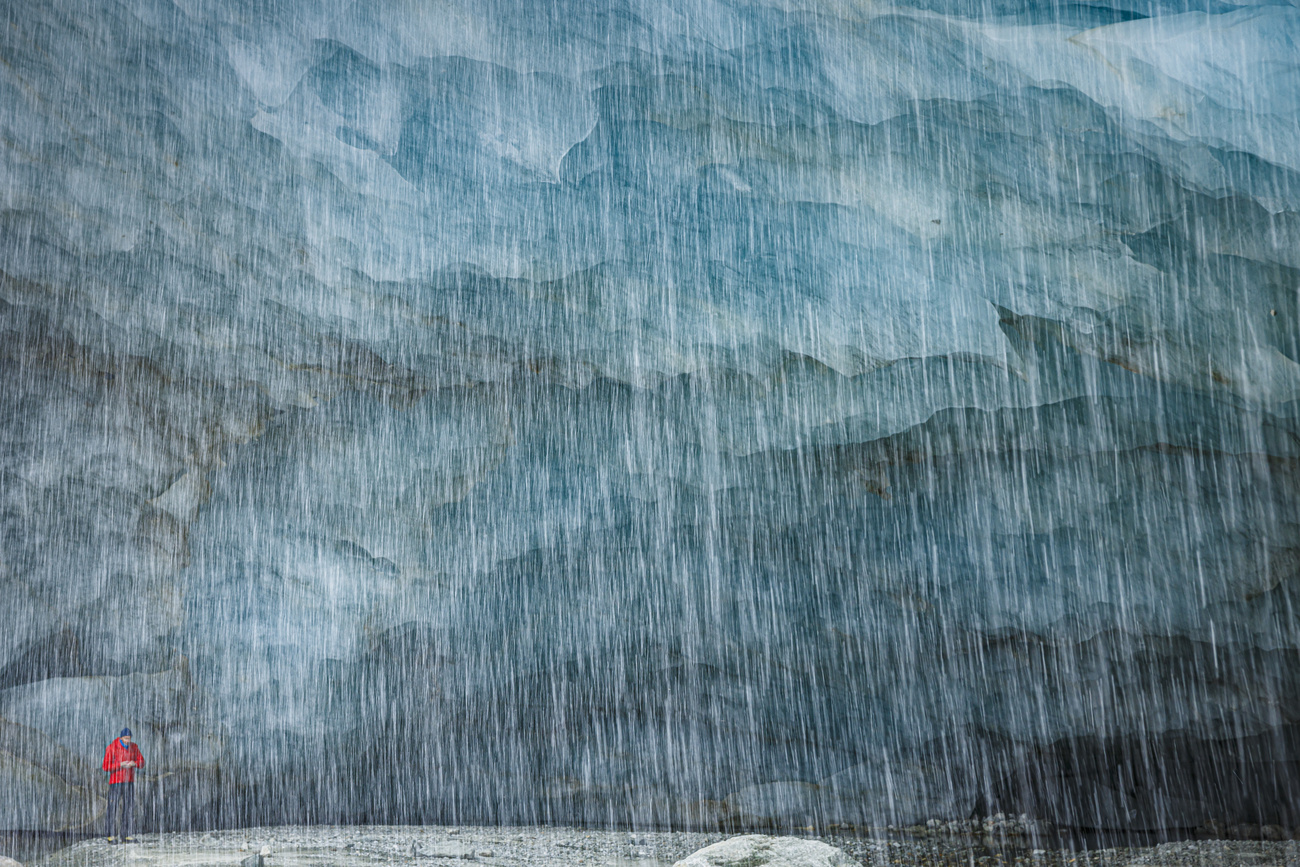The man who made an icon of Che

Swiss photographer René Burri has travelled the world, witnessing history and meeting many of those who made it, from Picasso to Che Guevara.
swissinfo caught up with Burri, whose work is on show in a retrospective at Lausanne’s Elysée Photography Museum.
Zurich-born Burri, 70, has wielded his lens on behalf of Magnum, the BBC, and several magazines, including “Life”.
In the 1960s, he photographed Picasso, Giacometti and Le Corbusier, and in 1963 while working in Cuba he immortalised Fidel Castro, and the young Che Guevara smoking a cigar, which became known as the “other photo of Che.”
His lens captured the wars in Vietnam, Cambodia and Lebanon in the 1980s, and he has made several films, including “The Two Faces of China” for the BBC.
swissinfo: Your career has lasted 50 years. How did you choose the pictures for the exhibition and the book that goes with it?
René Burri: It was a slow process. I started out with huge piles of photos – some that I had never used or even looked at. It took me about three years with the help of the exhibition’s curator, Hans-Michael Koetzle.
swissinfo: You were born in Zurich in 1933. As a child, you saw the war destroying much of Europe. Is that when you decided to capture history on film?
R.B.: The war was tough. We were Swiss, but we had family in Germany. I had cousins on the other side, and one of my uncles died fighting for the German army in Stalingrad. I also remember the bombers dropping their payloads on the opposite side of the border.
The conflict was something that influenced me, just as I was influenced by the sight of destroyed towns on the other side of the Rhine. I was curious at the time, but I didn’t know how I would express myself later on.
I have always drawn, so people thought I would become a painter or a graphic artist. I went to art school for a year, but I was interested in making movies. Then I realised I wasn’t Orson Welles, so I learnt how to be a photographer, even if I didn’t find the idea particularly appealing. But that’s how I got to see the world.
swissinfo: Your photography shows an artistic approach. You seem to want to bring order to a disorganised world. Why did you choose to work this way?
R.B.: I had two great professors who were part of the Bauhaus movement. They taught me to clear out the clutter, to keep to the essential parts of a picture. I found later that I also had a natural talent for finding perspectives.
At the Magnum agency, Henri Cartier-Bresson and David Seymour sent me out to cover events. I realised then that I might choose the obvious perspectives, something that might look too “Swiss”. I had to fight this impulse, otherwise my pictures would have been too classical, and it was some time before I succeeded.
swissinfo: Your photos speak in metaphors, with symbols, rather than trying to shock the viewer. How do you react to today’s news photography?
R.B.: The problem is still the same as when I started out. My method wasn’t to be at the heart of things. [I wanted to] observe what was going on all around. I think I also have a bit of the Swiss mercenary spirit. As I was independent, there were times when I could say no to an assignment.
My luck was also to have been part of the Magnum agency. It was tough because magazines like “Life” and “Paris-Match” often had about ten reporters on the same job. I remember the pictures I didn’t take, like the hand of a black soldier emerging from the sands of the Sinai desert. I found that very distressing.
One day in New York, I passed this woman with an incredible aura wearing dark glasses. It was Greta Garbo. I had my camera with me, but I didn’t take a picture. That day, I didn’t become a “paparazzi”. I will always remember those 15 seconds of my life, but if I had taken the shot, it would be erased from my memory.
swissinfo: You aren’t a paparazzi, but you have taken portraits of celebrities such as Giacometti, Le Corbusier and Che Guevara. What made you choose some people rather than others?
R.B.: Recently, somebody thought I was Helmut Newton. But I could never have photographed women the way he did.
I read somewhere that when he was a child he had his own sandpit. Little Burri had to spend his time in public parks.
When I built sand castles, there was always somebody to stomp on them. Unconsciously, two themes were imposed on me as a child: utopia and war. For me, there are people who want to build something, who have a social outlook, and then there are those who want to destroy.
swissinfo: Che Guevara is the intersection point between utopia and war. Your name is always associated with the picture you took of him in 1963. It helped make him an icon, as did Alberto Korda’s portrait of Guevara.
R.B.: Two or three pictures always define a photographer. This is one of those. An Italian editor picked up Korda’s picture, and it came to symbolise the Cuban revolution. Mine was published by “Look“ magazine when I came back from Cuba. It became the “other picture of Che”.
About ten years ago, Korda came to my place in Paris, gave me his picture and wrote on it “Burri agrees this is the best known picture of Che”. I gave him one of mine and wrote on it “Korda agrees this is the best picture of Che”.
swissinfo-interview: Bernard Léchot (translation: Scott Capper)
René Burri’s photographs are on show at the Elysée museum in Lausanne until October 24.
A 448-page book chronicling Burri’s black-and-white work has also been released.
Burri was born in Zurich in 1933 and now lives in Paris.
He has been a member of the Magnum agency since 1959.
He is perhaps best known for his celebrity portraits, as well as his reports from around the world.
He has also filmed a number of documentaries.

In compliance with the JTI standards
More: SWI swissinfo.ch certified by the Journalism Trust Initiative










You can find an overview of ongoing debates with our journalists here . Please join us!
If you want to start a conversation about a topic raised in this article or want to report factual errors, email us at english@swissinfo.ch.